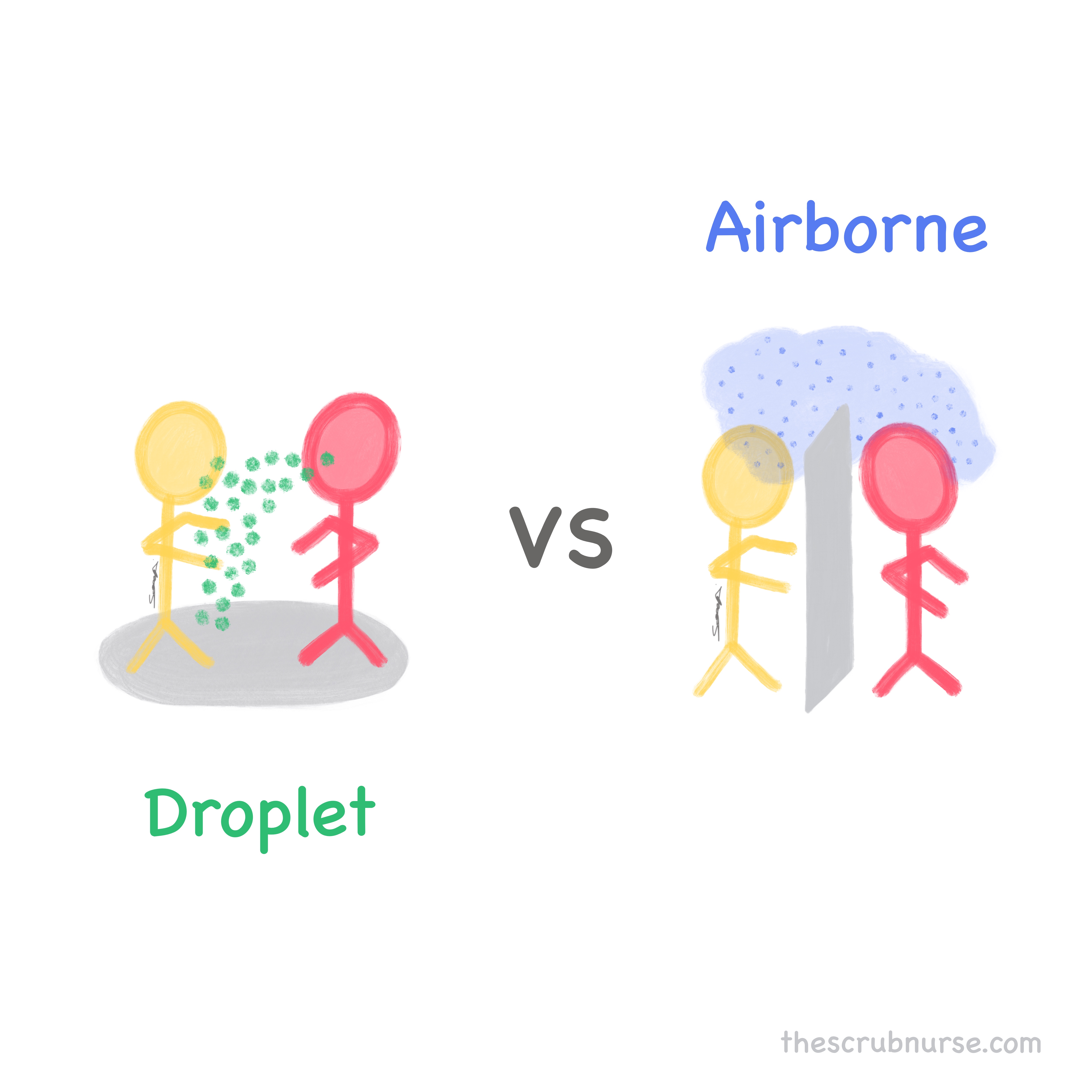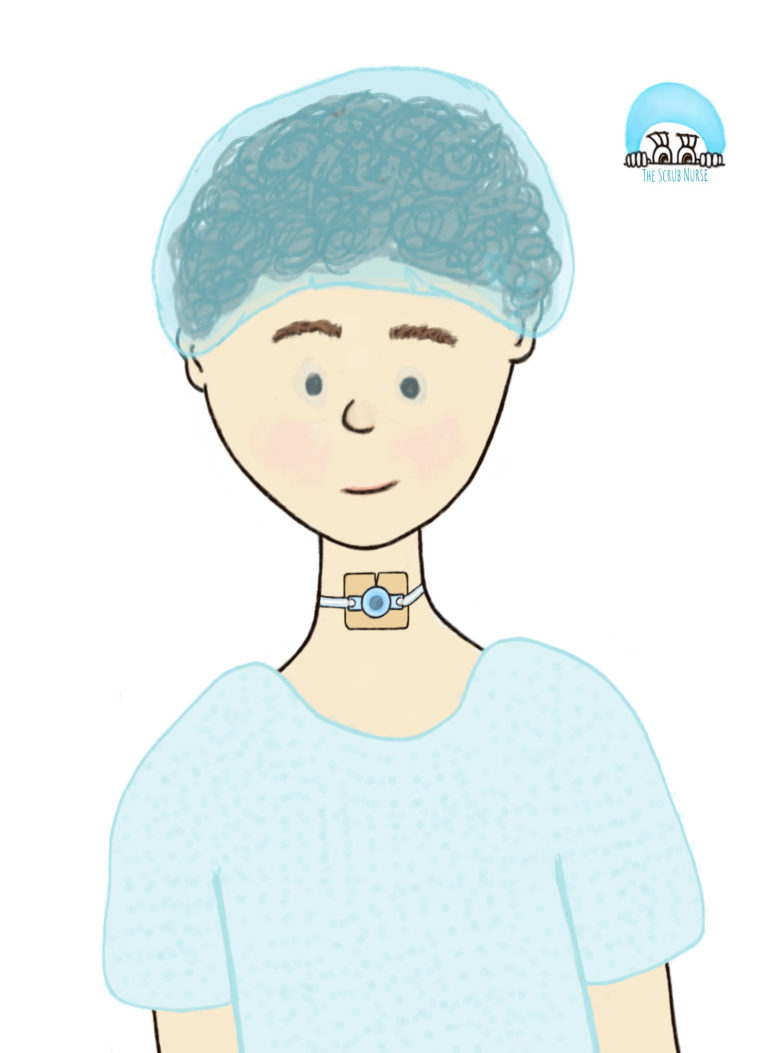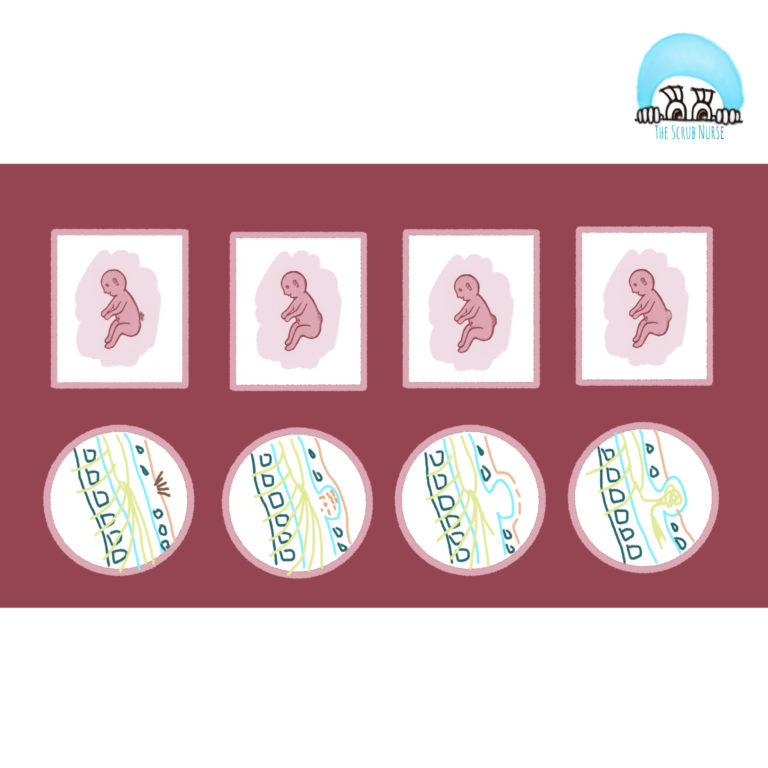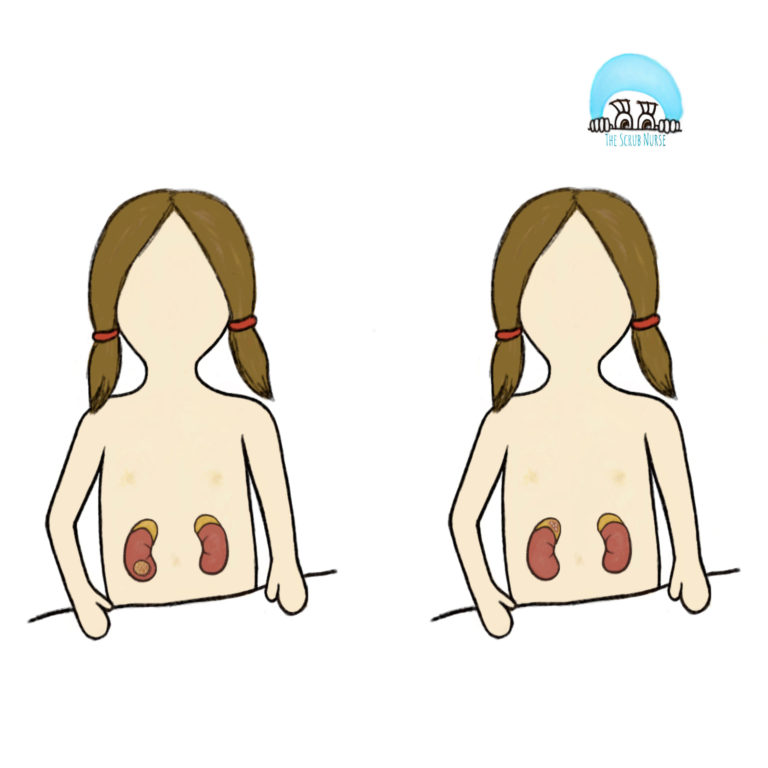Retinal detachment: condition in which the retina becomes loose due to the presence of fluid (vitreous) under the retina. This is a medical emergency and needs to be treated quickly otherwise it can lead to permanent vision loss. A detached retina is usually caused by changes of the vitreous humour.
Anatomy review:

For this condition, please attent to the following concepts:
Retina: is the inner layer of the eye that is composed by light-sensitive cells and nerve cells that receive, organize and send visual information to the brain through the optic nerve, enabling people to see.
Vitreous humour: is a clear, colourless and jelly-like consistency substance that fills the space between the lens and the retina. The vitreous plays a vital role in protecting the eye, keeping its spherical shape and holding the retina in place.
But why does Retinal Detachment happen?
There are different types of retinal detachement, depending on its cause:
-
Rhegmatogenous Retinal Detachemnt: condition in which a hole/ tear/ break in the retina allows fluid from the vitreous cavity to infiltrate and separate the retina from the choroid layer – the most common retinal detachment (see figure below);
-
Tractional retinal detachment: when adhesions between the vitreous and the retina are formed and cause the separation of the retina from the choroid, with no retinal break involved. The pathologies associated with theses detachments are proliferative diabetic retinopathy, sickle cell disease, advanced retinopathy of prematurity, and penetrating trauma;
- Exudative or serous detachments: when exudation of material from retinal vessels flows and acumulates into the subretinal space, causing a detachment with no retinal break involved. The most frequently pathologies associated are tumor growth or inflammation.

If retinal tears/ breakes are not treated they can lead to detachment of the retina.
RetCam image of eye with retinal detachment
Treatments, depending on patient’s retina condition:
If small holes or retinal tears:
👉 treatment with Laser surgery – tiny burns are made around the retinal tear, reattaching the retina back into place, OR
👉 treatment with Cryopexy / Cryotherapy – a freezing probe is used to freeze the area around the retinal tear, reattaching the retina back to the eye wall.

If retinal detachment:
👉 Treatment with Scleral buckle surgery – a small synthetic band is placed outside of the eyeball to gently push the wall of the eye against the detached retina, OR

👉 Treatment with Vitrectomy – small incisions in the sclera are performed to allow the surgeon to remove the vitreous and replace it with a gas bubble. In this way, the gas reattach the retina in place, pushing it against the wall of the eye. During the healing process, the eye produces a fluid that gradually replaces the gas and fills the eye.

Instead of gas, a silicone oil can be injected during vitrectomy. In that case, as opposed to gas, the oil will need to be removed in a future surgical procedure.
Important note:
Even if the surgeon chooses to perform scleral buckle or vitrectomy surgery, the use of laser or cryopexy is necessary to secure the retina back into place.
Therefore, a cryotherapy machine and a laser machine must always be available in the Operating room, during a retinal detachment surgery.
References:
nhs.uk
nei.nih.gov
health.harvard.edu
aaa.org
mayoclinic.org
visioneyeinstitute.com.au




